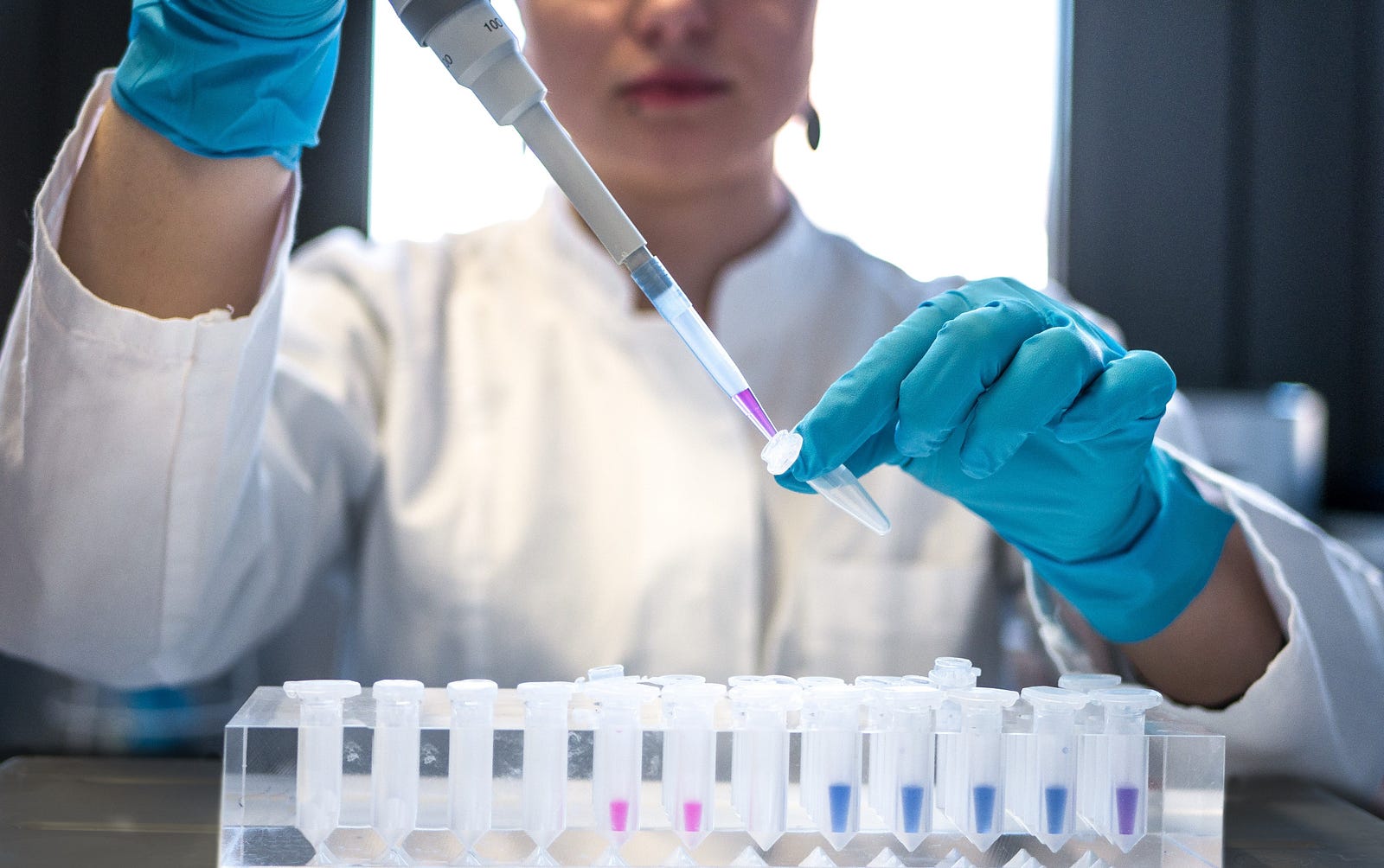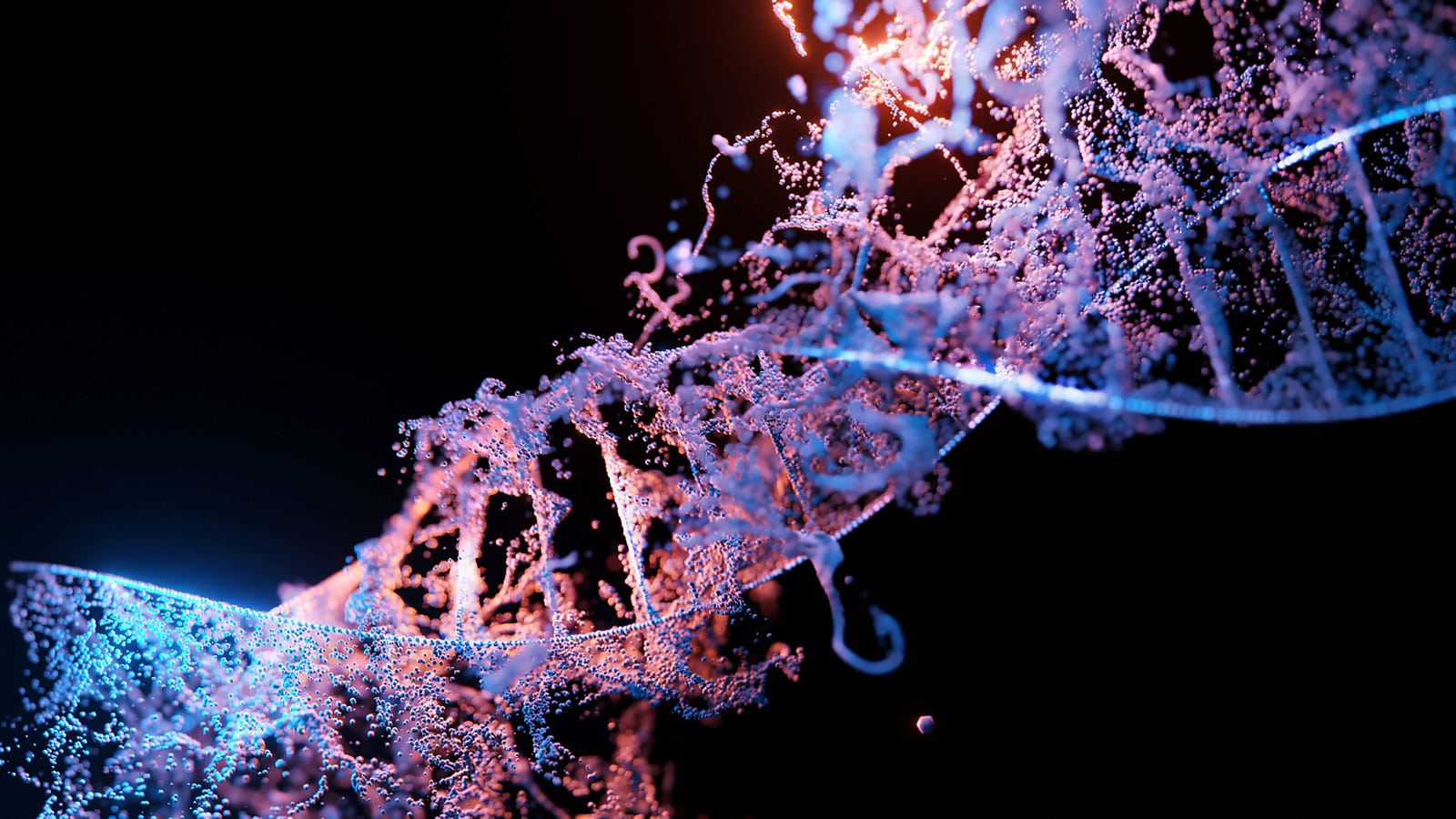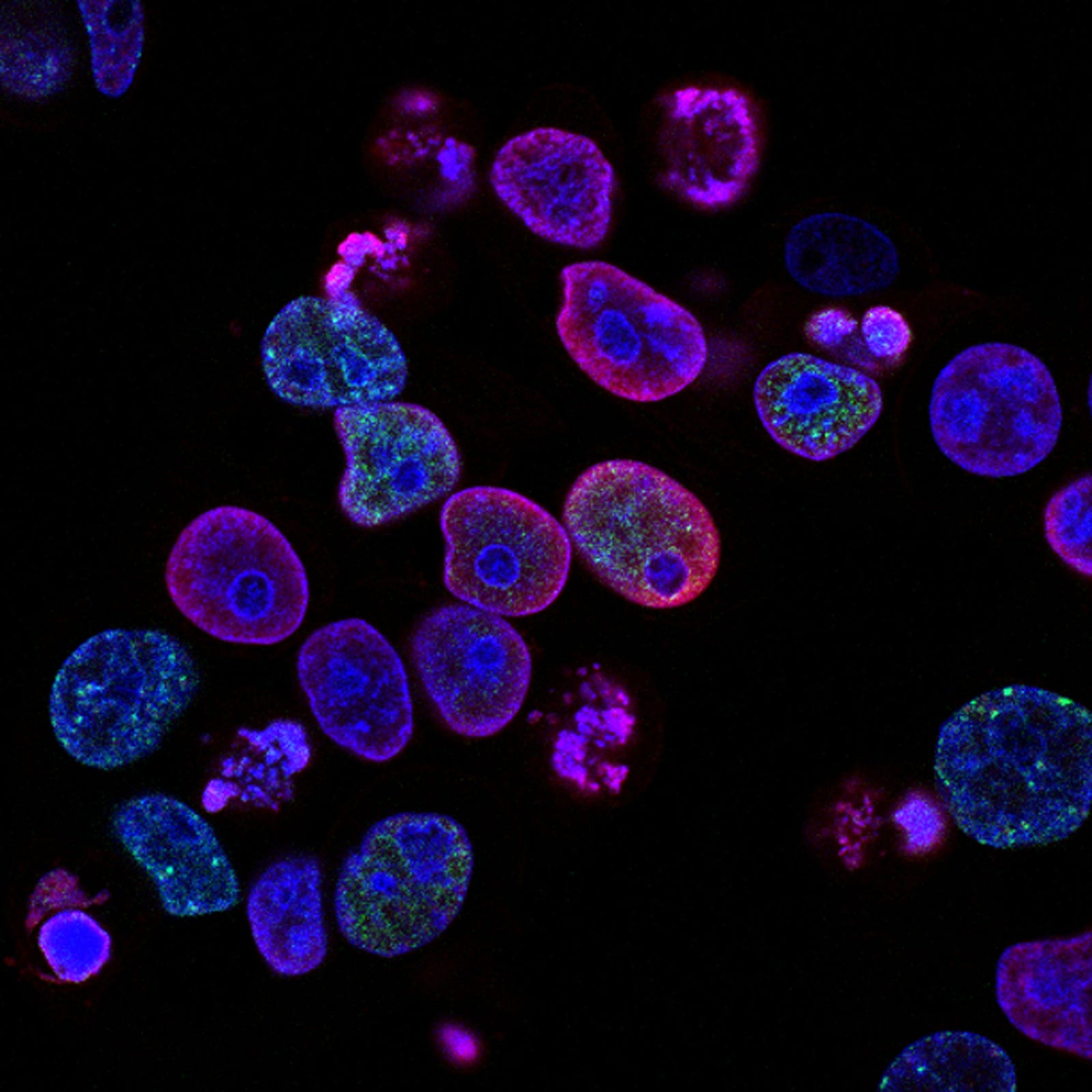THE HUMBLE ACT OF SPITTING MAY BECOME the frontline defense against cancer. Spit happens: Unleashing the power of saliva to revolutionize diagnosis.
I help people with cancer and am always interested in ways to prevent cancer or to catch it more early.
In the ever-evolving landscape of medical breakthroughs, a revolutionary player has emerged, and it’s not in the form of complex machinery or high-tech gadgets.
Instead, it’s something we all possess naturally — our saliva.
Imagine a world where a simple spit test could be the key to detecting various types of cancer early on, paving the way for more effective treatment and ultimately saving lives.
Well, that world may be closer than we think.
Cancer: Problem Scope
Despite being a doctor who helps those with cancer, I am shaken every day I encounter an individual with a cancer diagnosis.

The numbers are staggering. According to the World Cancer Research Fund International:
- Globally, over 18 million cases of cancer are diagnosed each year.
- This number translates to 190 cases per 100,000. This rate is higher for men than women (207 versus 178 per 100,000).
- The age-standardized rate was at least 300 per 100,000 for ten countries: Denmark, Ireland, Belgium, Hungary, France, The Netherlands, Australia, Norway, France, and Slovenia.
About four in 10 cancer cases could be prevented by addressing risk factors relating to diet and physical activity.
The Saliva Saga: From Mundane to Marvelous
Saliva, often dismissed as a mere bodily fluid, is taking center stage in cancer diagnosis.

Researchers around the globe are unlocking its hidden potential, turning it into a powerful tool for detecting the presence of cancerous cells in the body.
“Then came the deglutition of saliva, and the old lady instinctively wiped the stubble of her toothbrush moustache with her handkerchief.”
― Marcel Proust, Sodom and Gomorrah
The Power of Early Detection
The importance of early cancer detection cannot be overstated. Many types of cancer are notorious for being silent, asymptomatic killers in their early stages.
When symptoms manifest or traditional diagnostic methods pick up on the disease, it may have already advanced to a more challenging and less treatable stage.
Early cancer detection is where the spit test comes in as a game-changer. The earlier cancer is detected and managed, the better the outcomes.
How Does It Work?
The mechanics behind the spit test are surprisingly simple. Instead of relying on invasive procedures or elaborate imaging techniques, it only requires a small saliva sample.

This sample contains a wealth of information, including genetic material and specific biomarkers that can indicate the presence of cancer cells.
Advanced molecular techniques analyze this information, offering a non-invasive and cost-effective method for early cancer detection.
A New Study Shows Promise
A research team from the University of Gothenburg in Sweden recently discovered that structural changes in cancer cell sugar molecules (glycans) can help identify specific cancer types.
The researchers believe that with the addition of artificial intelligence (AI), their findings may lead to a saliva or blood test to detect cancer.
They recently published their findings in the journal Cell Reports Methods.
What Are Glycans?
Glycans are complex sugar molecules attached to fats and proteins in our bodies.
Examples of functionally important glycans include cellulose and chitin.
Sugars are important organic molecules for energy creation and metabolism. Glycans are structural molecules that play additional roles in cells:
- Glycans mediate the interaction between many infectious and symbiotic organisms.
- N-linked glycans are central to protein folding in eukaryotic cells.
Glycans – Linked Sugar Units
Sugar units link together to form glycans. If the connections are altered, glycan function changes.
So here’s the thing: Several processes can change glycans in cancer.
Folding in Artificial Intelligence
The team analyzed the tumor with healthy tissue data from about 220 cancer patients for the study. They focused on colorectal, prostate, skin, liver, and ovarian cancers.

The chosen tumors were known to have available high-quality glycan data.
Using a novel method of studying the substructures of glycan using artificial intelligence, the scientists could identify differences in the substructure of the glycan depending on the type of cancer.
Given the extraordinary complexity of glycans, the novel use of artificial intelligence optimized analysis.
My Thoughts – Saliva to Diagnose Cancer
Glycans are one of our most information-rich molecules. It seems appropriate for a data scientist to use this information to predict cancer.
Glycans are on proteins and particles secreted by cancer. We can find glycans such as blood and saliva in convenient locations.
I can imagine using these fluids to detect cancer or monitor known malignancies. Collecting a saliva sample could be as easy as spitting into a tube.
I think we are getting closer to a day where we may not need a biopsy of a tumor.
Challenges and Opportunities – Saliva to Diagnose Cancer
While the potential of the spit test is exciting, challenges remain on the path to widespread implementation.
We will need rigorous testing to ensure the accuracy and reliability of the results.
Artificial intelligence will increasingly help us analyze metadata.

Into The Future – Saliva to Diagnose Cancer
Still, I think we are on the cusp of a new era in cancer diagnosis. Moreover, I envision a world where routine patient check-ups involve nothing more than providing a saliva sample.
As research progresses and technology advances, our saliva may become a powerful ally in the battle against cancer.
Get an email whenever Dr. Michael Hunter publishes.
drmichaelhunter.medium.com.
Thank you for reading “Spit Happens: Unleashing the Power of Saliva to Revolutionize Cancer Diagnosis.” I can’t believe I used that title (apologies to anyone who was offended).




